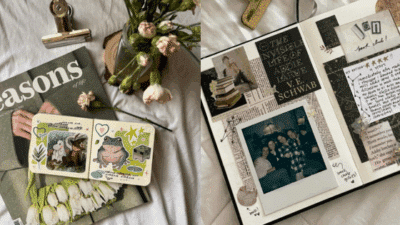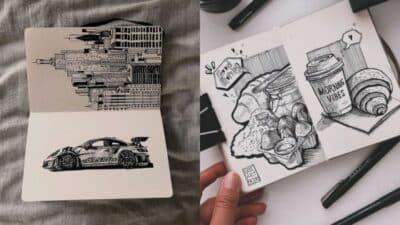Are you ready to unlock your inner anime artist and bring your favorite characters to life on paper or screen? Maybe you’ve spent countless hours admiring the vibrant worlds and expressive figures of My Hero Academia, Attack on Titan, or Demon Slayer. The good news is, learning to draw anime isn’t just a pipe dream for a select few; it’s a skill you can absolutely develop with the right guidance and practice. But with so many resources out there, where do you even begin? The answer often lies in the foundational knowledge packed into excellent instructional books. That’s why we’ve curated a list of the 5 anime drawing books that are absolute game-changers for anyone looking to level up their art.
These aren’t just any old drawing guides. We’re talking about comprehensive resources that break down complex concepts into digestible steps, offer tons of visual examples, and inspire you to keep creating. Whether you’re a complete beginner struggling with basic anatomy or an experienced artist looking to refine your digital painting skills, there’s a book on this list that will speak to you. So grab your sketchpad, sharpen your pencils (or charge your tablet!), and prepare to dive into the wonderful world of anime art with these essential companions.
1. The Anime Artist’s Essential Guide: Foundations and Figures
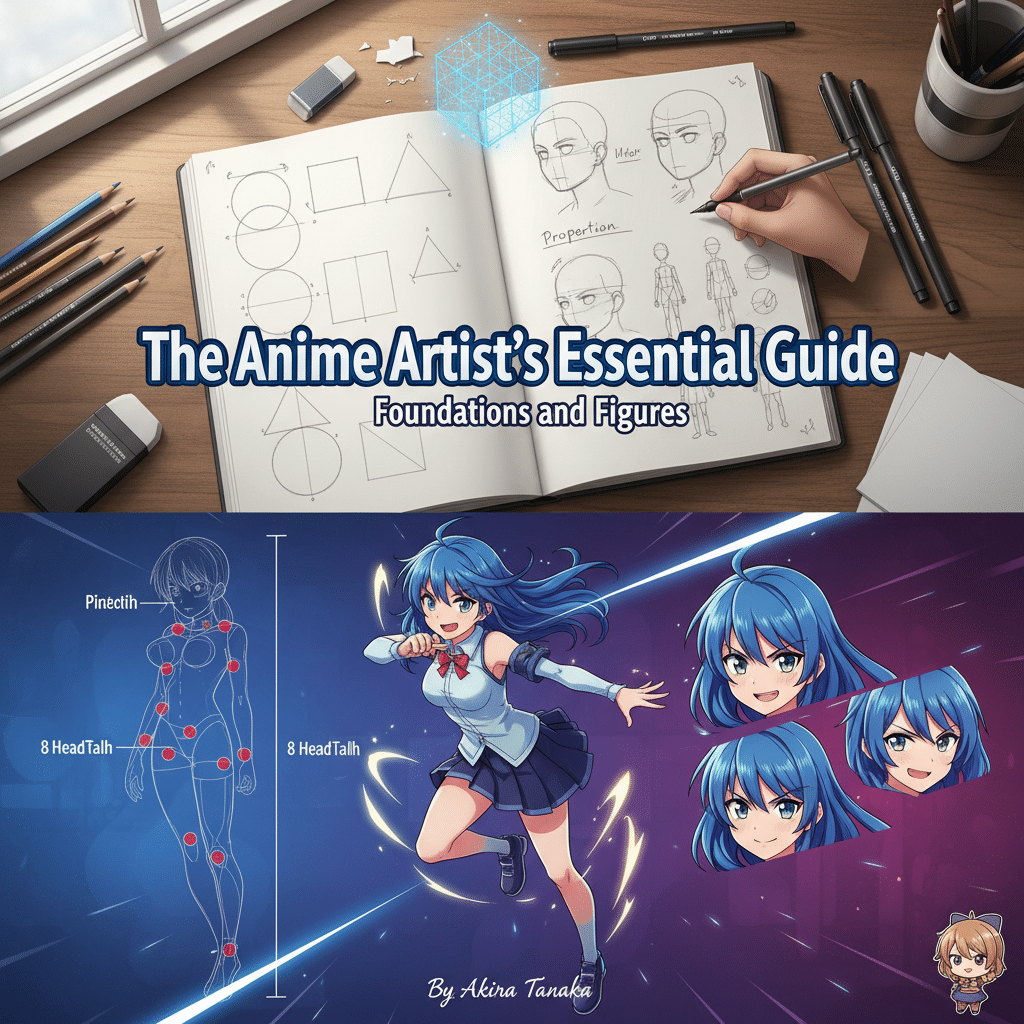
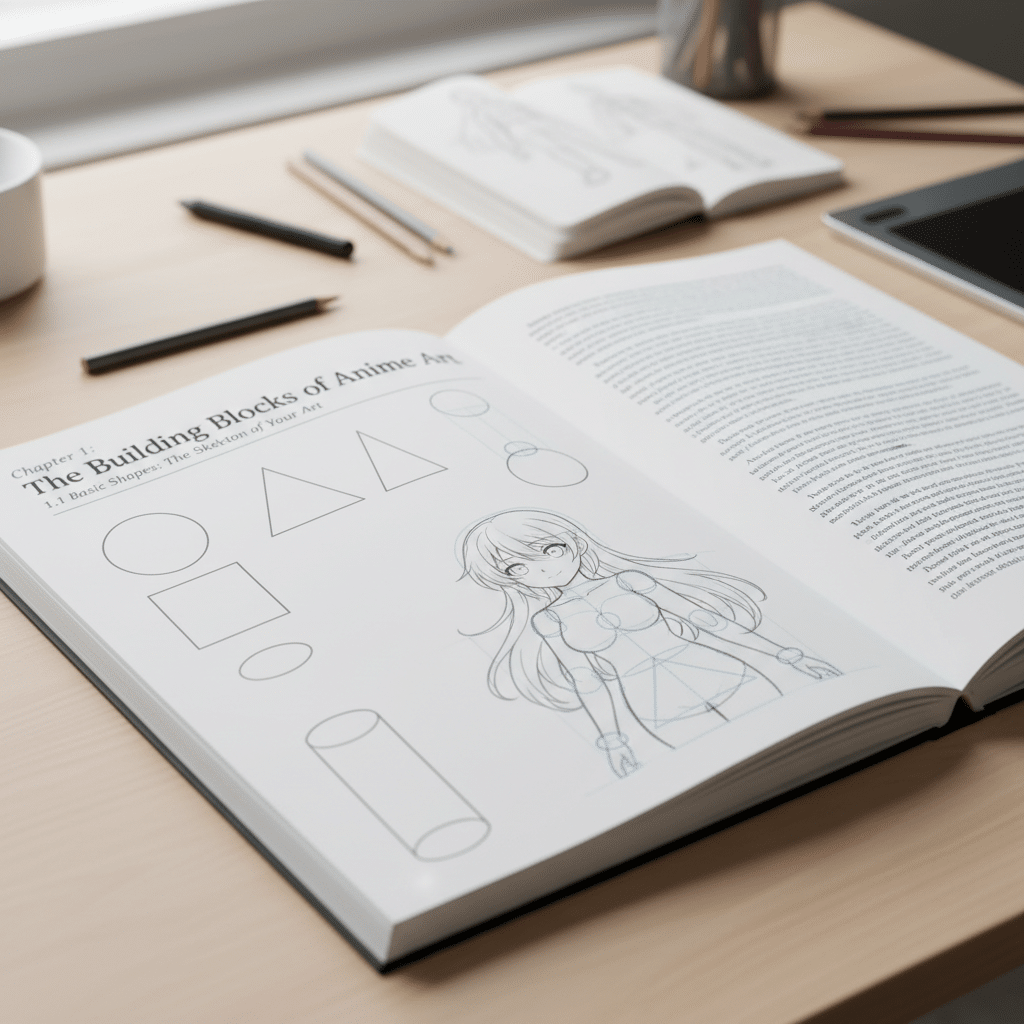
Imagine a book that takes you by the hand and walks you through every single fundamental aspect of anime drawing, from the very first line to a fully rendered character. “The Anime Artist’s Essential Guide: Foundations and Figures” aims to be that companion, making it an indispensable resource for anyone serious about mastering the craft. This isn’t just about copying existing styles; it’s about understanding the core principles that underpin all great anime art.
What it Covers
This comprehensive guide kicks off with the absolute basics, assuming you might not even know how to hold a pencil properly. It delves deep into various topics, starting with materials – what pencils, erasers, and paper work best for traditional anime drawing, and what entry-level software and hardware are ideal for digital artists. The book then meticulously explains fundamental drawing concepts like lines, shapes, and perspective. You’ll learn how to construct basic geometric forms and use them as building blocks for more complex structures, a crucial skill for understanding how to draw dynamic characters and environments.
A significant portion of the book is dedicated to figure drawing and anatomy, which is often a stumbling block for aspiring anime artists. It simplifies complex anatomical structures, teaching you how to render believable human forms without getting bogged down in medical textbooks. You’ll learn about basic human proportions as applied to the distinct anime style, how to simplify the skeleton and muscle groups, and how to use gesture drawing to capture movement and life. This section is particularly helpful for understanding the underlying structure before adding the stylistic flourishes that define anime. For those looking to refine their understanding of the human form, especially in specific contexts, exploring resources on male body anatomy drawing can provide supplementary depth to your studies.
Beyond individual body parts, the guide covers how to connect them seamlessly, creating fluid and natural poses. It also dedicates chapters to drawing heads from multiple angles, capturing facial expressions, and crafting various hairstyles – all signature elements of anime character design. You’ll find step-by-step tutorials for drawing eyes, noses, mouths, and ears, each with variations to help you develop your own unique approach.
Why It’s Great
What makes this book truly exceptional is its emphasis on foundational understanding rather than rote memorization. It teaches you why things look the way they do, empowering you to draw anything, not just what’s shown in the examples. The language is clear, concise, and incredibly encouraging, making it perfect for beginners who might feel intimidated by the sheer volume of information. Each lesson builds logically on the last, creating a smooth learning curve.
The visual examples are abundant and of high quality, featuring clear line art, helpful annotations, and progression shots that demonstrate each step of the drawing process. It includes practice exercises that genuinely reinforce the concepts taught, encouraging active learning rather than passive reading. Furthermore, the book touches upon the subtle differences between various anime styles, giving you a broader understanding of the genre and helping you find your own artistic voice. This fundamental grounding is key to eventually developing a style that feels both authentic and polished, much like the process of designing a basic logo requires an understanding of core design principles.
Who It’s For
This book is ideal for absolute beginners who have little to no drawing experience but dream of drawing anime. It’s also fantastic for intermediate artists who might have picked up some habits but want to solidify their understanding of fundamental principles like anatomy, perspective, and basic figure drawing. If you’ve ever felt frustrated that your characters look stiff or disproportionate, “The Anime Artist’s Essential Guide” will provide the remedies you need. It’s a true starting point for building a strong artistic base.

2. Dynamic Manga: Poses, Expressions, and Storytelling
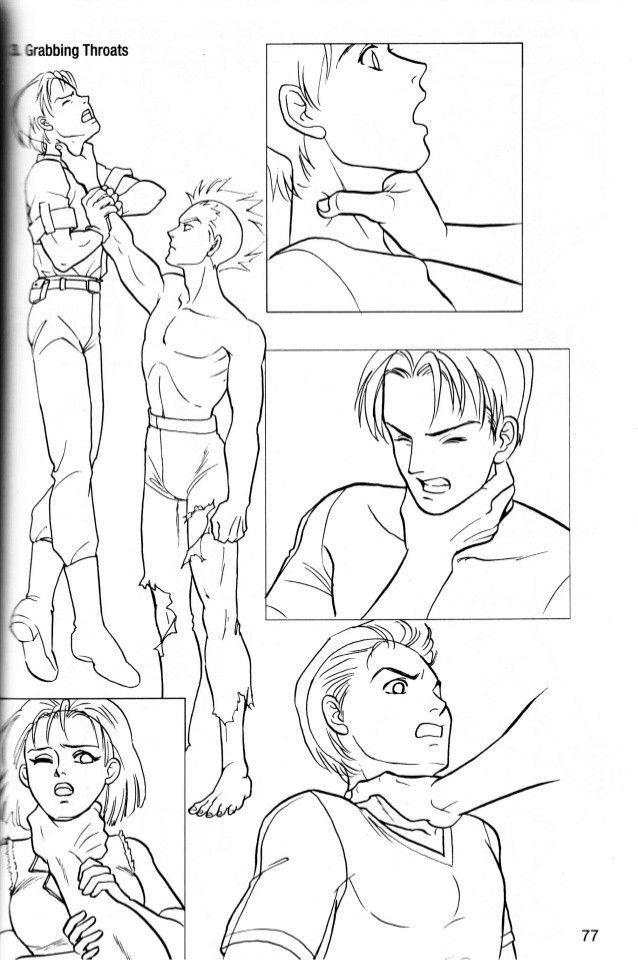
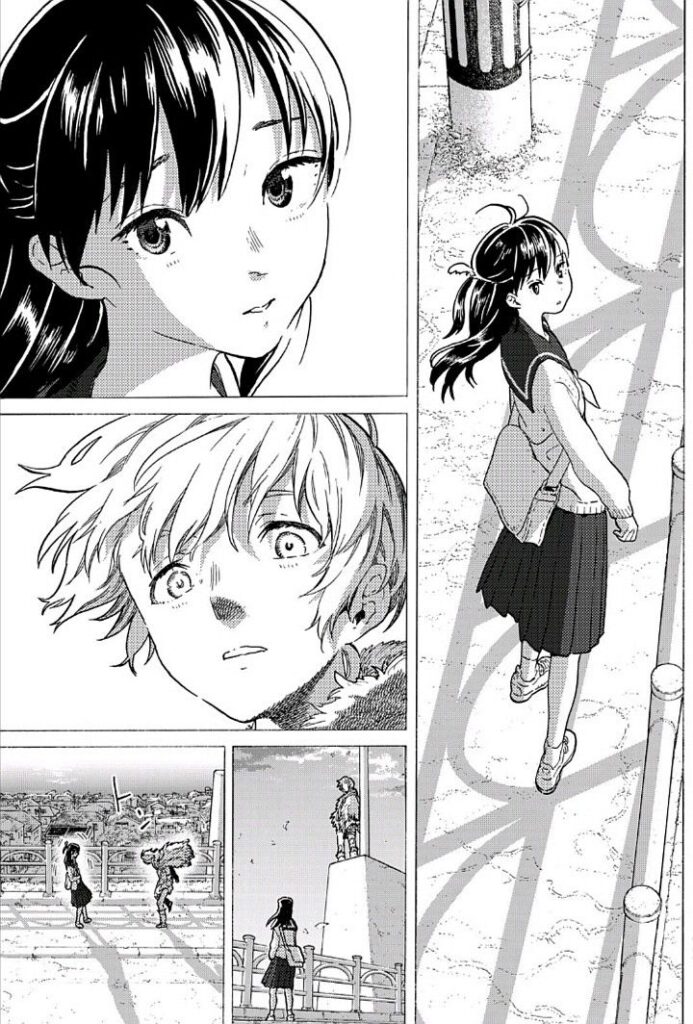
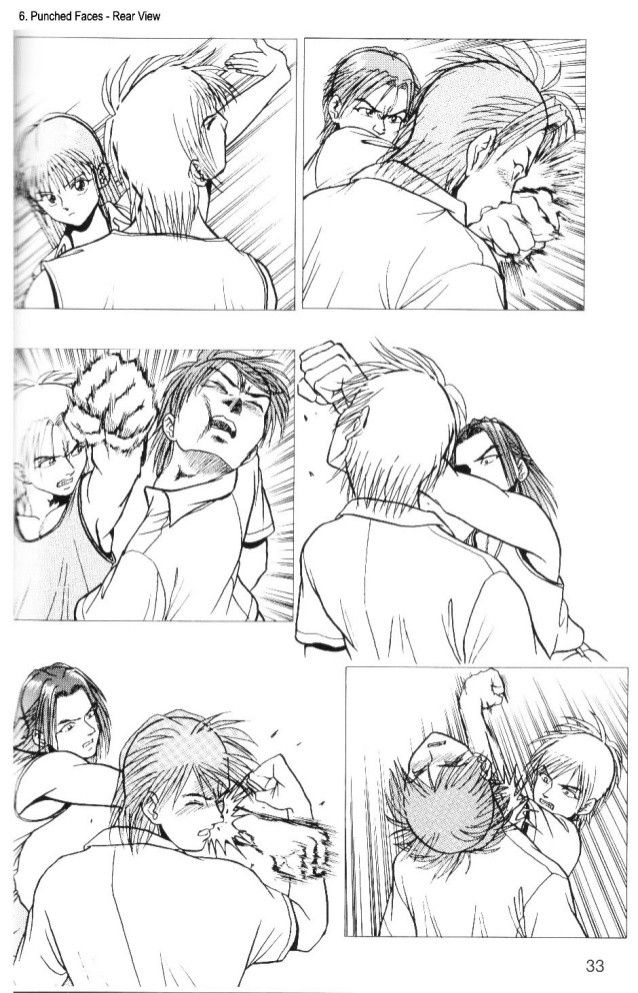
Once you’ve got the basics down, the next step is bringing your characters to life with motion, emotion, and narrative. “Dynamic Manga: Poses, Expressions, and Storytelling” is precisely designed for this stage of your artistic journey. It moves beyond static figures and delves into the art of creating characters that jump off the page, conveying personality and plot through their every gesture.
What it Covers
This book is a treasure trove for understanding movement and expression. It starts with advanced gesture drawing techniques, showing you how to capture the fluidity and energy of a pose with just a few lines. You’ll learn to exaggerate poses effectively for dramatic impact, a hallmark of anime and manga art. From subtle shifts in weight to powerful action sequences, the book breaks down how to convey motion convincingly. It explores different types of poses—standing, walking, running, jumping, fighting—and offers practical tips for making each feel natural and impactful. If you’re struggling to find inspiration for character poses, external resources for OC poses can be incredibly helpful in expanding your repertoire.
A major focus is placed on facial expressions, the windows to a character’s soul. The guide meticulously illustrates how to draw a vast range of emotions, from subtle nuances like curiosity or mild annoyance to intense feelings like rage, despair, or ecstatic joy. It shows how slight adjustments to eyebrows, eyes, mouths, and even the tilt of the head can completely alter a character’s emotional state. There are dedicated sections on drawing expressive eyes, which are critical in anime, showing how different shapes, pupils, and highlights can communicate a character’s inner world. For more focused practice on this key element, eye drawing tutorials can provide additional insights and exercises.
Beyond individual characters, the book dives into the art of sequential storytelling. It teaches you how to compose panels, create engaging page layouts, and use speech bubbles and sound effects effectively. You’ll learn about camera angles, framing, and how to guide the reader’s eye through a scene. There are also insights into character interaction, showing how two or more characters can communicate through their poses and expressions, building narrative tension and connection.
Why It’s Great
“Dynamic Manga” excels at demystifying the process of injecting life and narrative into your drawings. It doesn’t just show you finished examples; it painstakingly dissects the thought process behind creating dynamic art. The exercises are geared towards active observation and creative problem-solving, pushing you to think like a storyteller as much as an artist. The emphasis on exaggeration for stylistic effect is incredibly valuable for anime, allowing you to create characters that feel larger than life.
The book is filled with inspiring examples from various manga and anime genres, showcasing how different artists achieve dynamic results. The explanations are easy to follow, making complex concepts like foreshortening and action lines accessible to a broad audience. It’s the kind of book you’ll return to again and again as you develop your storytelling muscles.
Who It’s For
This book is perfect for intermediate artists who have a grasp of basic anatomy and figure construction but want to add more life and emotion to their characters. If your drawings feel stiff, your characters lack personality, or you’re struggling to convey a story through your art, “Dynamic Manga” will be your guiding light. It’s also highly recommended for aspiring manga artists, comic creators, or anyone interested in visual storytelling.
3. Mastering Anime Environments and Backgrounds

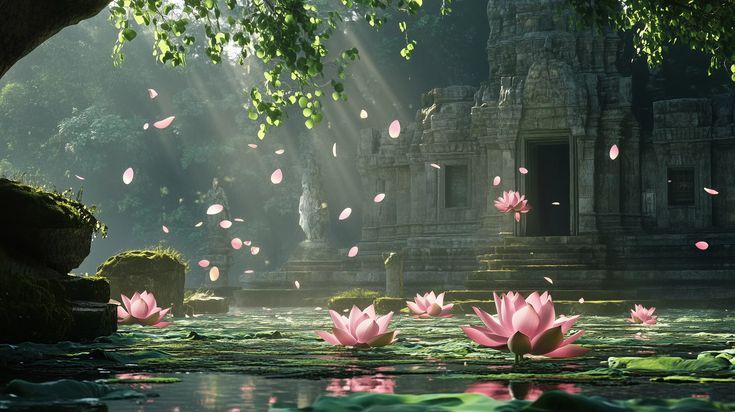
Ever notice how crucial the setting is to the mood and story of an anime? From bustling futuristic cities to serene natural landscapes, backgrounds are more than just filler; they’re essential characters in their own right. “Mastering Anime Environments and Backgrounds” is the definitive guide to creating these immersive worlds, transforming your static characters into inhabitants of a vibrant universe.
What it Covers
This book tackles the often-intimidating subject of background art with remarkable clarity. It starts with a thorough explanation of perspective, from one-point to three-point, making it easy to understand how to create depth and realism in your scenes. You’ll learn to construct complex environments, whether it’s an intricate interior space like a classroom or a sprawling exterior like a cityscape. It also covers aerial perspective and how to use atmospheric effects to enhance the sense of distance and mood.
Beyond technical perspective, the guide delves into drawing various elements found in anime backgrounds. This includes everything from natural elements like trees, clouds, water, and mountains to man-made structures such as buildings, vehicles, and furniture. It provides practical tips for simplifying complex details without losing their essence, a key skill in efficient background drawing. You’ll discover how to suggest textures like wood, stone, glass, and fabric, bringing your environments to life.
A significant section is dedicated to lighting and shadow, explaining how light interacts with different surfaces and how to use shadows to create form, depth, and atmosphere. You’ll learn about different light sources (sunlight, artificial light, ambient light) and how they impact the overall mood of a scene. The book also touches upon color theory as applied to environments, guiding you on how to choose palettes that enhance the emotional tone of your art. From cozy bedrooms to expansive living areas, understanding how to apply these elements can transform any space, much like careful design elevates a living room interior.
Why It’s Great
What sets this book apart is its practical, step-by-step approach to what can be a very challenging aspect of art. It breaks down complex scenes into manageable components, making the process less daunting. The emphasis on observation and simplification is incredibly valuable, teaching you to see the world like an anime background artist. It provides exercises that encourage you to look at your surroundings with a new eye, identifying light sources, perspective lines, and key elements.
The visual examples are stunning and incredibly inspiring, showcasing a wide range of environments from various anime styles. The explanations are detailed yet easy to grasp, ensuring you understand not just what to draw but how and why. It’s a book that not only teaches skills but also fosters a deeper appreciation for the artistry involved in anime world-building.
Who It’s For
This guide is a must-have for any artist who feels intimidated by drawing backgrounds or whose characters often float in white space. It’s suitable for intermediate to advanced artists looking to elevate their scene composition, perspective skills, and overall world-building abilities. If you want your anime art to tell a more complete and immersive story, this book will be an invaluable resource.
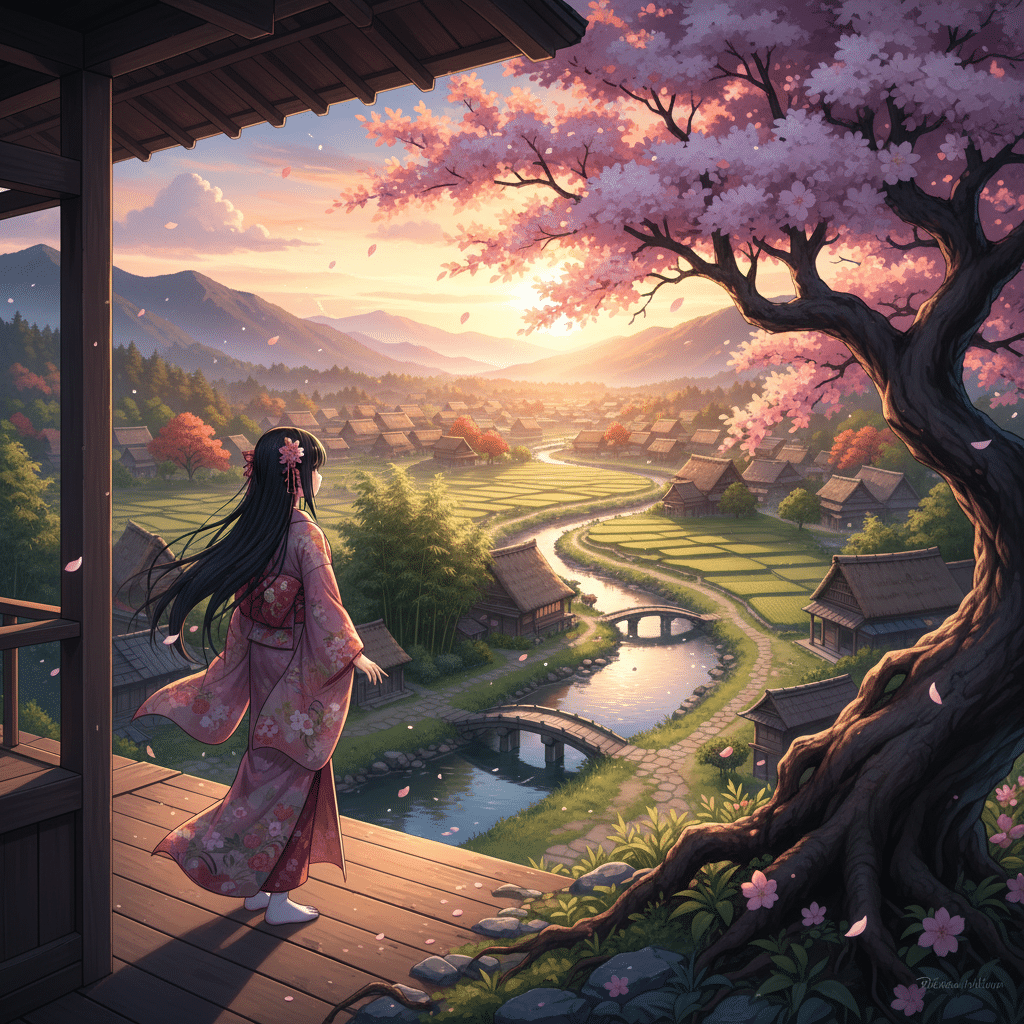
4. Digital Anime Painting: From Sketch to Screen
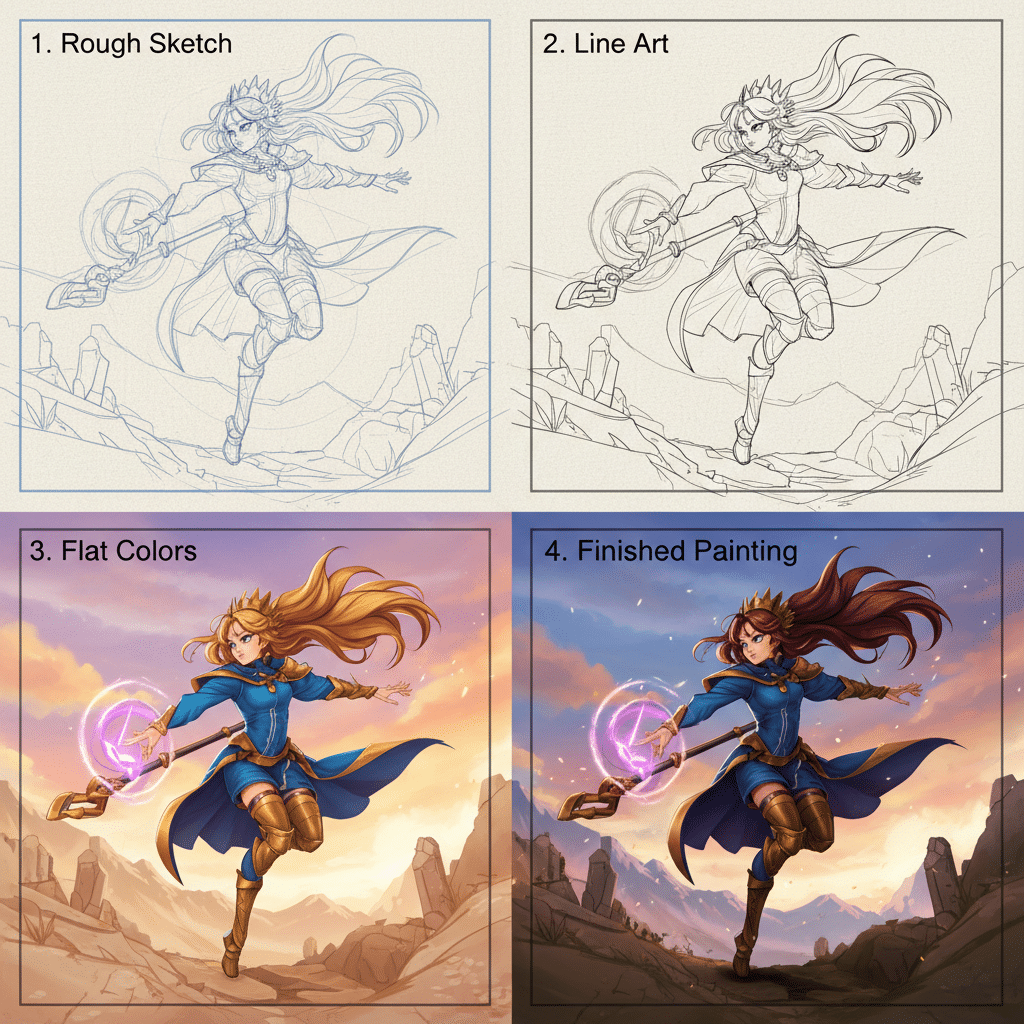
The world of digital art has revolutionized how anime is created, offering incredible tools and flexibility. “Digital Anime Painting: From Sketch to Screen” is your ultimate guide to navigating this exciting landscape, transforming your traditional drawing skills into stunning digital illustrations. This book isn’t just about using software; it’s about understanding the unique artistic principles that apply to digital painting in an anime style.
What it Covers
This comprehensive resource begins by introducing you to the essential digital tools and software commonly used by anime artists, such as Clip Studio Paint, Photoshop, and Procreate. It covers the basics of interface navigation, brush settings, layers, and selection tools – foundational knowledge for any digital artist. It then dives into setting up your workspace for optimal efficiency and creative flow.
The core of the book is dedicated to the digital painting process, from a rough sketch to a polished final piece. You’ll learn various sketching techniques suitable for digital mediums, how to refine line art, and the nuances of flat coloring. A significant focus is placed on rendering, explaining how to add realistic (or stylized) light, shadow, and texture to your characters and environments. It covers different rendering styles, from cel-shading (the classic anime look) to more painterly approaches, giving you the flexibility to choose what suits your vision.
Color theory gets a deep dive, specifically how it applies to digital painting. You’ll learn about color palettes, harmonies, and how to use color to evoke specific moods and enhance storytelling. The book also covers advanced techniques such as blending modes, gradient maps, and adjustment layers to fine-tune your artwork. It includes sections on special effects like glows, atmospheric perspective, and dynamic lighting, showing you how to add that extra “oomph” to your digital illustrations. For artists interested in broader digital art applications, understanding the workflow of a top-tier AAA game art studio can offer insights into professional digital rendering.
Why It’s Great
“Digital Anime Painting” stands out for its practical, workflow-oriented approach. It guides you through a complete digital painting process, making it easy to follow along regardless of your current software proficiency. The explanations are clear and accompanied by high-quality screenshots and examples that demonstrate each step. It’s not just a technical manual; it teaches artistic principles that translate well across different software, focusing on understanding why certain tools are used in specific ways.
The book also addresses common challenges digital artists face, such as managing layers, optimizing file sizes, and maintaining a consistent style. It provides tips for achieving that distinct anime look digitally, which can sometimes be tricky to replicate without the right techniques. The sheer volume of professional tips and tricks makes this an invaluable resource for anyone looking to make the leap into digital art or improve their existing digital skills.
Who It’s For
This book is perfect for traditional artists looking to transition into digital media, as well as digital art beginners who want to specialize in anime or manga painting. It’s also incredibly useful for intermediate digital artists who want to refine their coloring, rendering, and post-processing techniques to achieve a more professional anime aesthetic. If you’ve been sketching on an iPad or tablet and want to take your art to the next level, this is your go-to guide.

5. Character Design Lab: Creating Iconic Anime Personalities
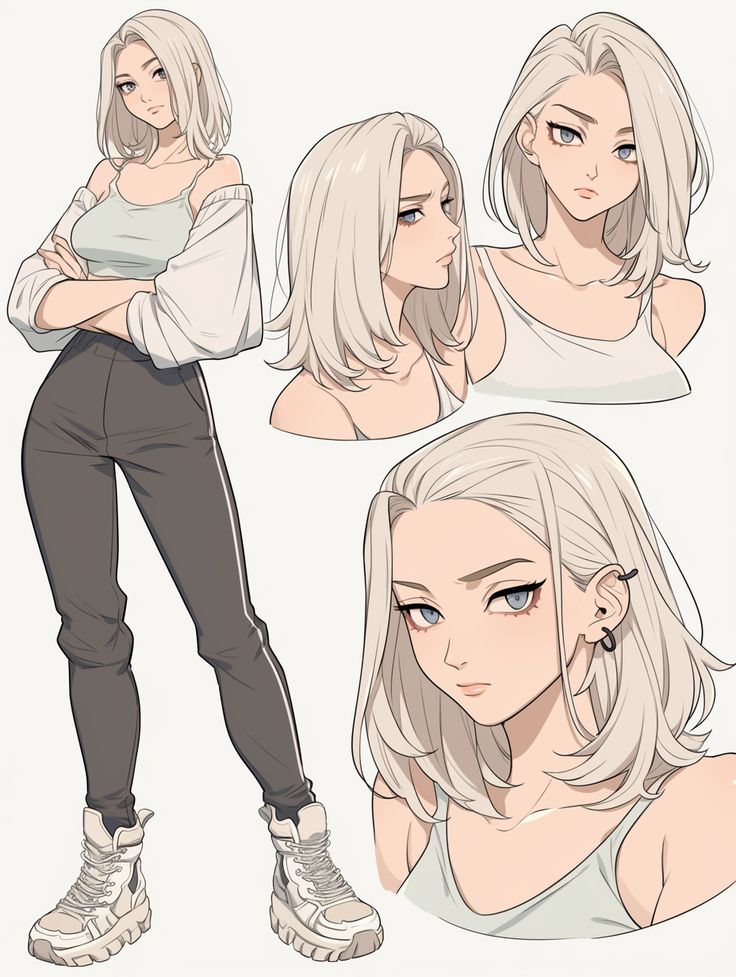


What makes an anime character truly unforgettable? Is it their unique outfit, their distinctive hairstyle, or the way they carry themselves? It’s all of that and more. “Character Design Lab: Creating Iconic Anime Personalities” is the ultimate playbook for crafting compelling, memorable characters that resonate with audiences. This book goes beyond just drawing; it delves into the art of storytelling through design.
What it Covers
This guide is a deep dive into the philosophy and methodology behind exceptional character design. It starts with the conceptual phase, teaching you how to brainstorm ideas, develop backstories, and define character archetypes. You’ll learn to translate personality traits, motivations, and emotional arcs into visual cues, making your characters instantly recognizable and relatable. This might involve considering elements from different visual realms, much like selecting top beautiful jewelry to complement a character’s aesthetic.
The book then moves into the practical application of design principles. It covers silhouette design, showing you how to create distinct and recognizable shapes that make a character stand out even as a shadow. You’ll explore color psychology and how to use color palettes to enhance a character’s personality and role within a story. Costume design gets a dedicated section, teaching you how to create clothing that reflects the character’s background, personality, and the world they inhabit, from practical everyday wear to elaborate fantasy attire.
Beyond appearance, the guide also delves into drawing characters in various scenarios and expressions that reveal their depth. It teaches how to design unique features – scars, accessories, distinctive eyes, or hairstyles – that add layers to a character. There’s a strong emphasis on maintaining consistency in design across different poses and emotional states, a crucial skill for any character artist. The book also covers character sheets and model sheets, showing you how to create comprehensive references for your designs, essential for long-form projects like comics or animation.
Why It’s Great
“Character Design Lab” is exceptional because it treats character design as a holistic process, not just a drawing exercise. It pushes you to think critically about who your character is before you even put pen to paper. The conceptual exercises are invaluable for developing strong, well-rounded personalities that drive narratives. The book’s approach encourages experimentation and originality, helping you break free from generic character tropes.
The visual examples are a goldmine of inspiration, featuring diverse character types, each with a detailed breakdown of their design choices and the thought process behind them. It’s filled with “dos and don’ts” that highlight common pitfalls and effective solutions, making it easier to refine your own designs. The insights into how professional character designers approach their work are truly eye-opening.
Who It’s For
This book is a must-read for any aspiring character designer, concept artist, or storyteller who wants to create memorable anime personalities. It’s ideal for intermediate to advanced artists who have a solid grasp of drawing fundamentals but want to deepen their understanding of design theory and visual storytelling. If you dream of creating the next iconic anime hero or villain, this book will provide the tools and inspiration you need.
[GENERATE_IMAGE: “A collage of diverse anime character designs, showcasing different expressions, hairstyles, outfits, and body types. Each character has a distinct silhouette and color palette, emphasizing unique personality.” ]
Conclusion: Your Anime Art Journey Starts Now
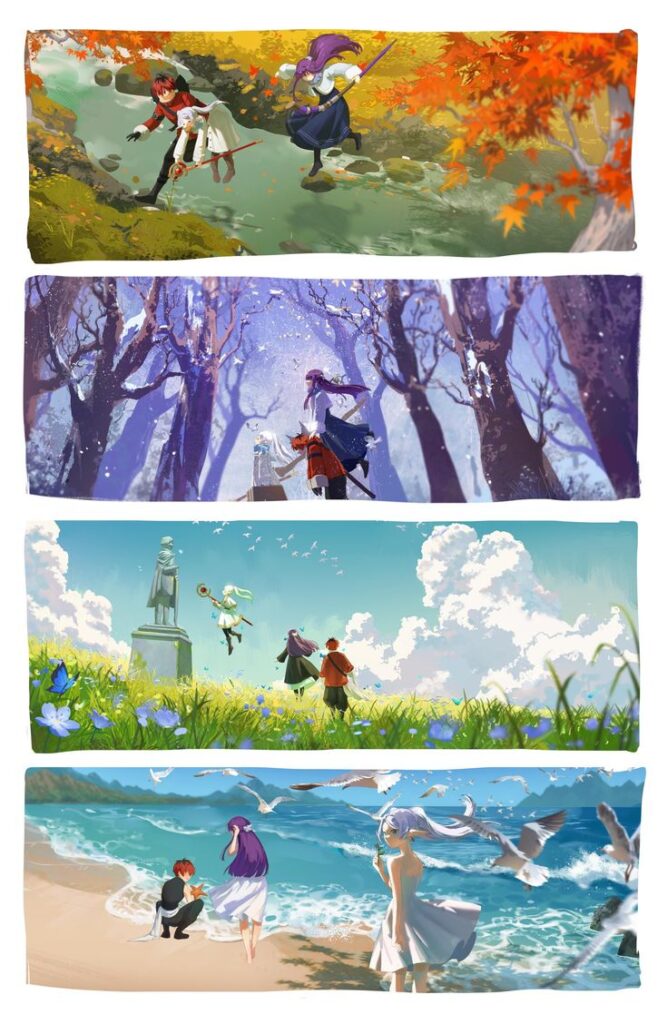

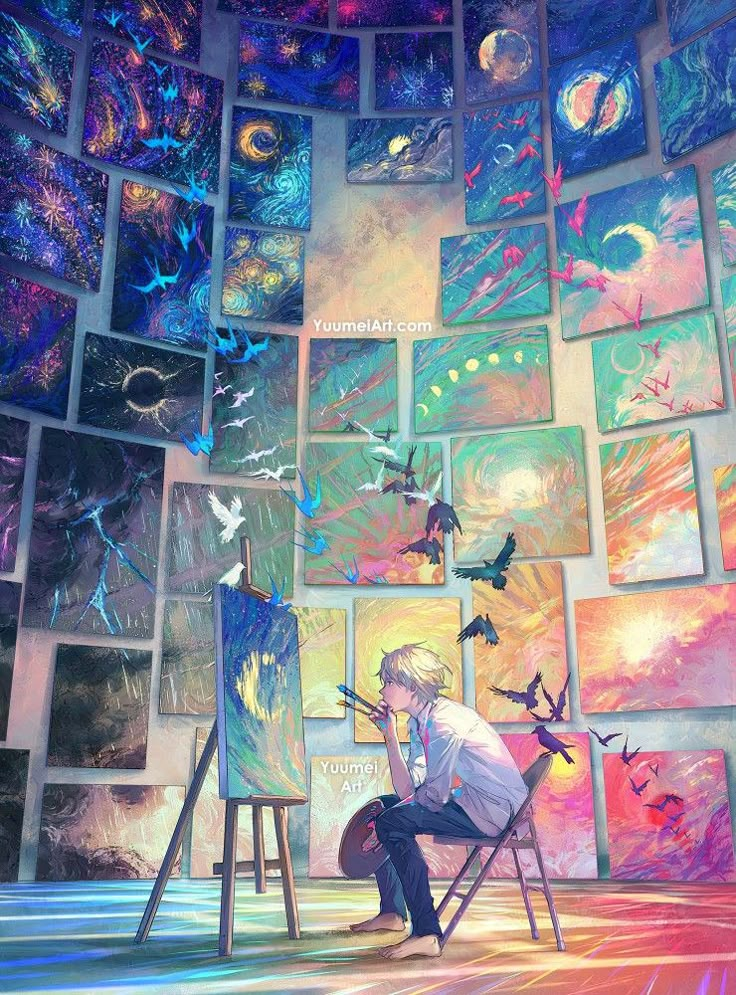
Embarking on the journey to master anime drawing is an incredibly rewarding experience, filled with creativity, growth, and the joy of seeing your imagination take form. These 5 anime drawing books represent some of the best resources available today, each offering a unique pathway to improvement, whether you’re just starting with basic anatomy or refining your digital painting techniques.
From understanding the foundational principles of figure drawing and perspective, to injecting dynamic motion and emotion into your characters, to crafting immersive backgrounds, and finally, designing unforgettable personalities – these books cover the full spectrum of anime art. They aren’t just instructional manuals; they’re springboards for your artistic development, filled with insights, exercises, and inspiration that will push you to new heights.
So, don’t wait another moment. Pick up one (or a few!) of these incredible guides, clear some space on your desk, and commit to the practice. Every line you draw, every color you blend, and every character you design brings you closer to realizing your artistic vision. Your anime art journey truly begins with that first stroke of confidence, armed with the knowledge from these essential books. It’s time to create, innovate, and share your unique world with others!

Frequently Asked Questions
### What’s the best anime drawing book for a complete beginner?
For complete beginners, “The Anime Artist’s Essential Guide: Foundations and Figures” is highly recommended. It covers fundamental drawing concepts, basic anatomy, and figure construction in an easy-to-understand, step-by-step manner, making it the perfect starting point before diving into more complex topics.
### Do I need separate books for traditional and digital anime drawing?
While many foundational drawing principles apply to both, books like “Digital Anime Painting: From Sketch to Screen” are specifically tailored for digital mediums. They cover software tools, digital coloring, and rendering techniques that differ significantly from traditional methods. It’s beneficial to have a dedicated resource if you plan to work digitally.
### How important is anatomy for drawing anime characters?
Anatomy is crucial! Even though anime characters often have stylized proportions, understanding underlying human anatomy helps you draw believable and dynamic poses. “The Anime Artist’s Essential Guide: Foundations and Figures” dedicates significant sections to simplifying anatomy for the anime style, ensuring your characters look natural and expressive.
### Can these books help me develop my own unique anime style?
Absolutely! These books teach you the principles behind good art rather than just how to copy specific designs. By understanding fundamentals like perspective, anatomy, and character design, you gain the tools to experiment and develop a style that is uniquely yours, much like understanding the basics of how to draw ideas helps foster personal creativity.
### Are these books only for drawing characters, or do they cover backgrounds too?
“Mastering Anime Environments and Backgrounds” is specifically dedicated to creating compelling settings. It covers perspective, drawing natural and man-made elements, lighting, and color theory for environments, ensuring your characters have a vibrant world to inhabit.
### How can I apply the storytelling aspects from these books to my art?
“Dynamic Manga: Poses, Expressions, and Storytelling” directly addresses visual storytelling. It teaches how to use dynamic poses, expressive faces, and effective panel layouts to convey narrative, emotion, and action, making your art more engaging and impactful.
### What if I already know how to draw but want to improve my anime art?
For intermediate artists, books like “Dynamic Manga” and “Character Design Lab” are excellent for refining your skills. They focus on adding life, emotion, and personality to your characters and scenes, pushing you beyond basic construction to create truly memorable art.
- 25shares
- Facebook0
- Pinterest25
- Twitter0
